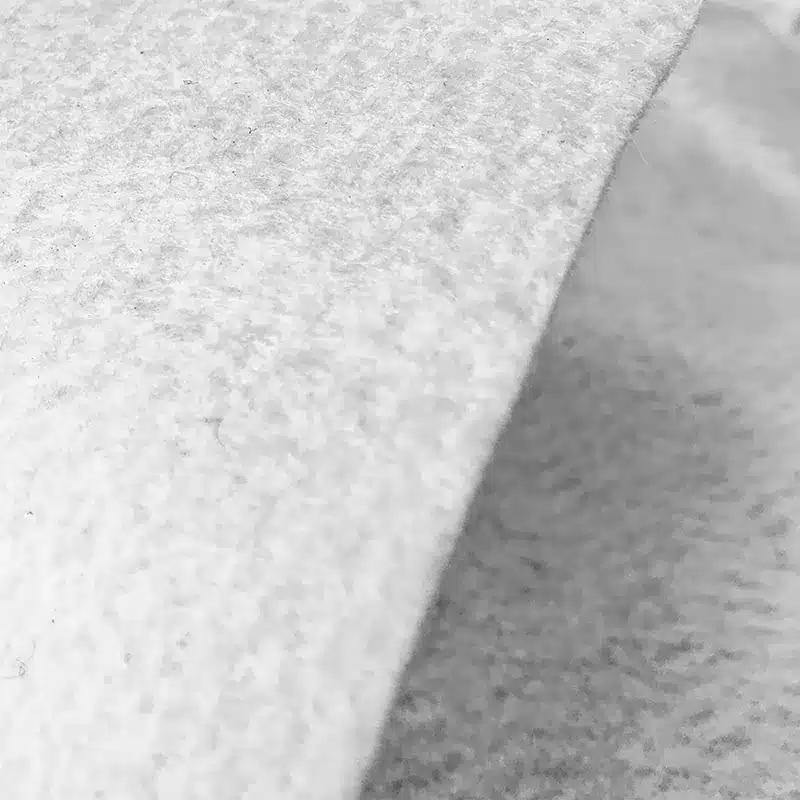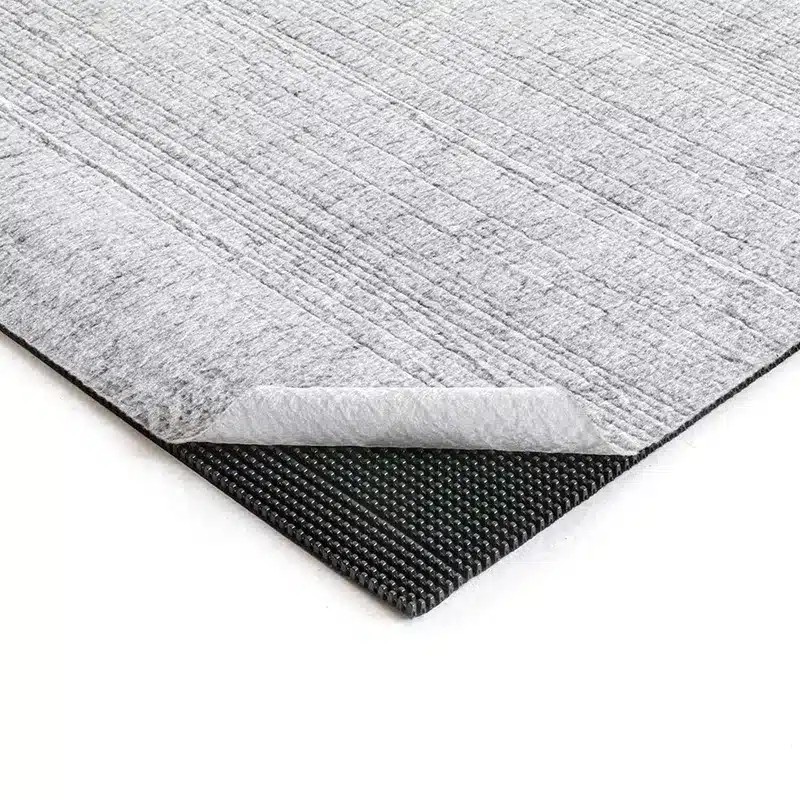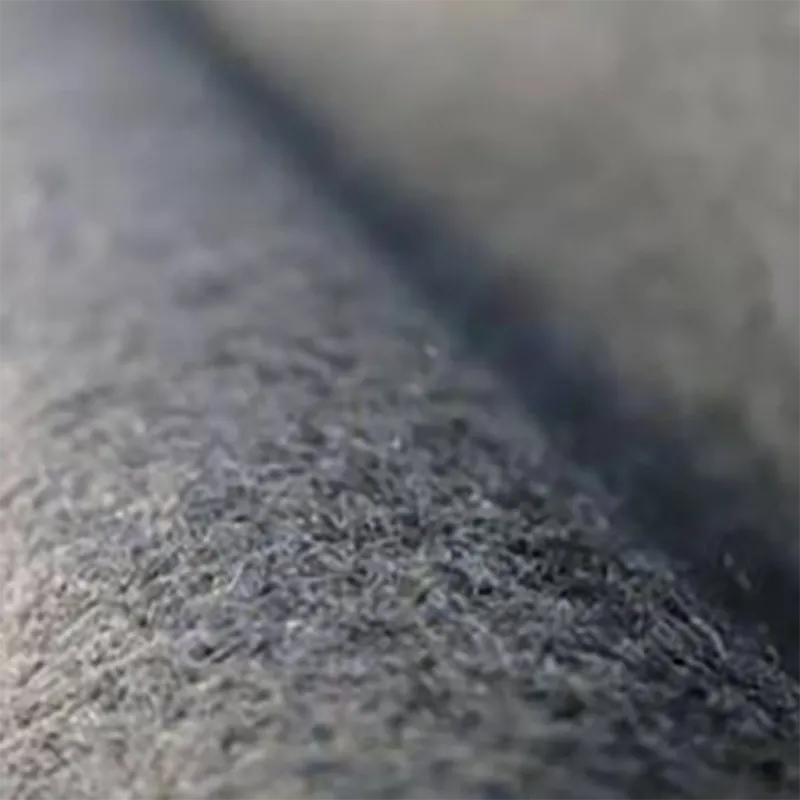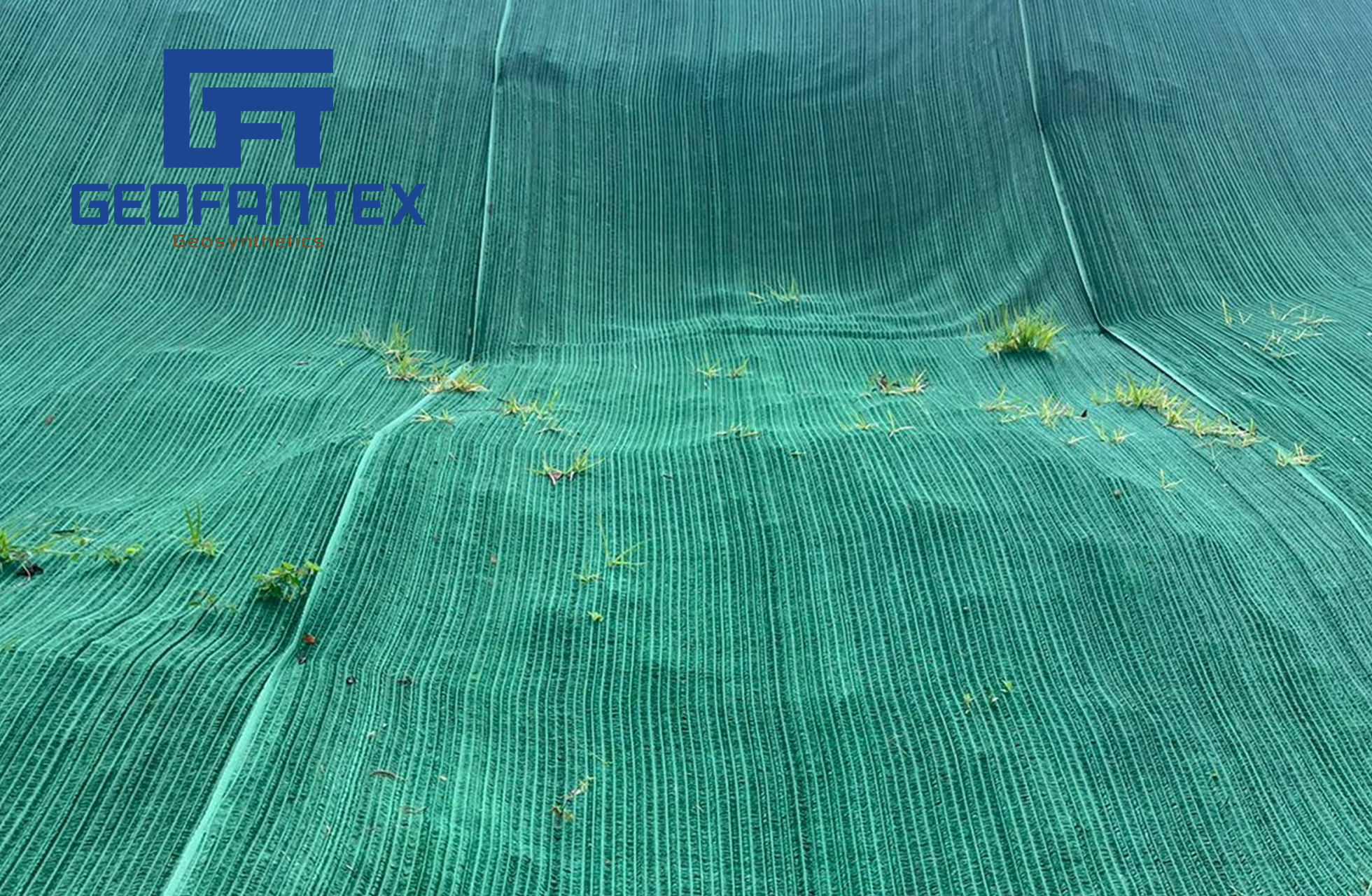+86-159 9860 6917
info@geofantex.com
geofantex@gmail.com
+86-400-8266163-44899
Non-woven geotextiles are widely used in various construction and landscaping projects for their versatility and durability. However, cutting these fabrics to the right size and shape requires specific tools and techniques to ensure smooth installation without damaging the material. In this article, we will explore how to effectively cut non-woven geotextiles, compare woven and non-woven geotextiles, and examine their key applications.
How to cut non-woven geotextile?
To cut non-woven geotextile, follow these simple steps:
Tools Needed: Use a utility knife or sharp scissors, a measuring tape, and a straight edge.
Measure and Mark: Measure the fabric and mark the cutting line with chalk or pencil.
Cut the Fabric:
- Utility Knife: Use a straight edge to guide the knife along the line, applying steady pressure.
- Scissors: Cut along the marked line for smaller pieces.
Edge Care: Non-woven geotextile generally doesn’t fray, but handle edges carefully.
Ensure tools are sharp for clean cuts and work on a flat surface for accuracy.

Which is better, woven or non-woven geotextile?
The choice between woven and non-woven geotextiles depends on the specific application and the desired performance characteristics. Here’s a comparison to help determine which might be better for your project:
Woven Geotextile
Pros:
- Strength: Woven geotextiles are typically stronger due to their construction, with fibers woven together to create a tight, durable fabric. They excel in applications that require high tensile strength and load distribution.
- Durability: They offer excellent resistance to tearing, abrasion, and UV degradation.
- Water Flow Resistance: While they allow water to pass through, the flow rate is slower than that of non-woven fabrics.
Cons:
- Less Flexibility: Woven fabrics are less flexible and may not conform as easily to uneven surfaces.
- Higher Cost: Generally, woven geotextiles are more expensive due to the production process and material.
Best Use Cases:
- Applications where strength and durability are required, such as road construction, retaining walls, and soil stabilization.
- Applications that require high load-bearing capacity.
Non-Woven Geotextile
Pros:
- Filtration and Drainage: Non-woven geotextiles are typically designed for applications involving filtration, drainage, and separation. Their random fiber structure allows water to pass through easily while filtering out fine particles.
- Flexibility: More flexible than woven geotextiles, non-wovens are easier to handle and install, especially on uneven surfaces or in trenches.
- Lower Cost: Non-woven geotextiles are generally more cost-effective compared to woven geotextiles, making them suitable for large-scale projects.
Cons:
- Strength: While non-woven geotextiles provide good tensile strength, they are generally not as strong as woven fabrics, making them less suitable for applications requiring high load-bearing.
- Durability: They are more susceptible to damage from UV rays, tearing, and abrasion, especially if exposed to harsh conditions.
Best Use Cases:
- Filtration and drainage, such as in French drains, septic systems, and under asphalt or gravel roads.
- Separation of soil layers in landscaping and erosion control.
- Applications where flexibility and ease of installation are important.
Conclusion:
- Woven geotextiles are better for projects requiring high strength and durability under heavy loads, such as soil stabilization, retaining walls, and road construction.
- Non-woven geotextiles are better for applications involving filtration, drainage, and separation, such as landscaping, erosion control, and drainage systems.
Ultimately, the decision depends on your project’s specific needs. If you need higher tensile strength and load support, go with woven. For drainage, filtration, and flexibility, non-woven is likely the better choice.
What is a non-woven geotextile used for?
A non-woven geotextile is a type of geosynthetic material made by bonding fibers together using mechanical, chemical, or thermal processes, without the need for weaving. These materials are typically used in a wide range of civil engineering, environmental, and construction applications due to their excellent filtration, separation, drainage, and reinforcement properties. Here are the main uses:
- Filtration: Non-woven geotextiles act as filters in drainage systems, preventing the migration of soil particles while allowing water to pass through. This makes them ideal for applications like drainage layers in roads, landfills, and retaining walls.
- Separation: They are often used to separate different materials, such as soil from gravel or sand in construction projects. For example, they can be placed between the base of a road and the subgrade to prevent the mixing of soil with the aggregate.
- Reinforcement: In some applications, non-woven geotextiles are used to reinforce weaker soils, providing additional strength and stability. This is particularly useful in projects such as road construction, embankments, and soil erosion control.
- Erosion Control: Non-woven geotextiles are commonly used for erosion control in landscaping, where they help prevent the displacement of soil, especially on slopes or areas prone to heavy rainfall.
- Drainage: Non-woven geotextiles are highly permeable, allowing water to flow through while blocking soil particles. They are commonly used in landfill liners, drainage systems, and underdrain systems to manage water flow.
- Landfill Liners and Covers: They are often used in landfill construction, where they serve as liners or covers to prevent leachate (polluted water) from contaminating surrounding soil and groundwater.
In general, non-woven geotextiles provide cost-effective solutions in many engineering projects by enhancing performance, reducing the need for maintenance, and improving the durability of structures.
What to use to cut landscape fabric?
To cut landscape fabric efficiently and cleanly, you can use several tools, depending on the thickness and the precision required for the job. Here are some of the best options:
Utility Knife (or Box Cutter)
- Best for: Straight cuts or trimming landscape fabric to size.
- Why it works: A sharp utility knife with a retractable blade allows for precise, smooth cuts, especially for thinner fabrics. You can easily guide it along a ruler or a straight edge to ensure accuracy.
- Tip: Make sure to replace the blade regularly to keep the cuts clean and avoid pulling on the fabric.
Scissors
- Best for: Light-duty cutting or for smaller sections of fabric.
- Why it works: Scissors work well for cutting through thinner landscape fabrics and provide good control for smaller, more intricate cuts.
- Tip: Use long-bladed scissors for longer cuts to minimize jagged edges.
Garden Shears (Pruning Shears)
- Best for: Cutting thicker landscape fabric.
- Why it works: Garden shears provide a clean, controlled cut and are designed to handle tougher materials like thicker fabrics or materials with a bit of resistance.
- Tip: Choose bypass shears (which make cleaner cuts) over anvil shears for fabric cutting.
Rotary Cutter
- Best for: Large or long sections of fabric.
- Why it works: A rotary cutter, often used in quilting, can make smooth, straight cuts with minimal effort. It’s particularly useful when cutting large areas of fabric or when you need a precise edge.
- Tip: Always use a self-healing cutting mat underneath to protect both the cutter and the surface.
Electric or Cordless Scissors
- Best for: Fast and effortless cutting on larger projects.
- Why it works: Powered scissors can make cutting through landscape fabric much quicker and less strenuous, especially if you have a lot of fabric to cut.
- Tip: Ensure the blade is sharp to avoid fraying the fabric.
Heavy-Duty Fabric Cutter (for Very Thick Fabrics)
- Best for: Extra-thick landscape fabric.
- Why it works: These specialized tools are designed for tough fabrics and can handle thicker landscape fabrics, such as those used in heavy-duty erosion control or landscaping.
- Tip: This is a less common tool, but it’s an excellent choice for professional landscaping projects.
General Tips:
- Always use sharp blades to avoid tearing or fraying the fabric.
- If you are cutting large pieces, lay the fabric out on a flat surface to keep it straight and prevent wrinkles.
- For cleaner cuts, use a ruler or straight edge as a guide, especially when using a utility knife or rotary cutter.
By selecting the appropriate tool, you can make sure your landscape fabric is cut cleanly and accurately for your project.
Cutting non-woven geotextile fabric effectively requires sharp tools and careful handling to avoid damaging the material. Non-woven geotextiles are ideal for filtration, drainage, and soil separation, and they play a crucial role in many construction and landscaping applications. Choosing between woven and non-woven geotextiles depends on your project’s needs, as each offers distinct benefits. Properly cutting and installing the fabric ensures the longevity and efficiency of your project.



Get Free Sample
We’ll respond as soon as possible(within 12 hours)






















